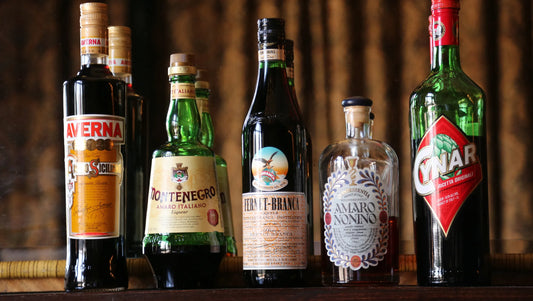Statera's Blog

Amaro, Amaro and More Amaro
Keith Nicholson
Amaro, not to be confused with Amore, Amarone, Amaretto, or Amortization (which in Scabble is a 12-letter word btw, and you would score big! ) The Amaro we are talking about...
Amaro, Amaro and More Amaro
Keith Nicholson
Amaro, not to be confused with Amore, Amarone, Amaretto, or Amortization (which in Scabble is a 12-letter word btw, and you would score big! ) The Amaro we are talking about...
